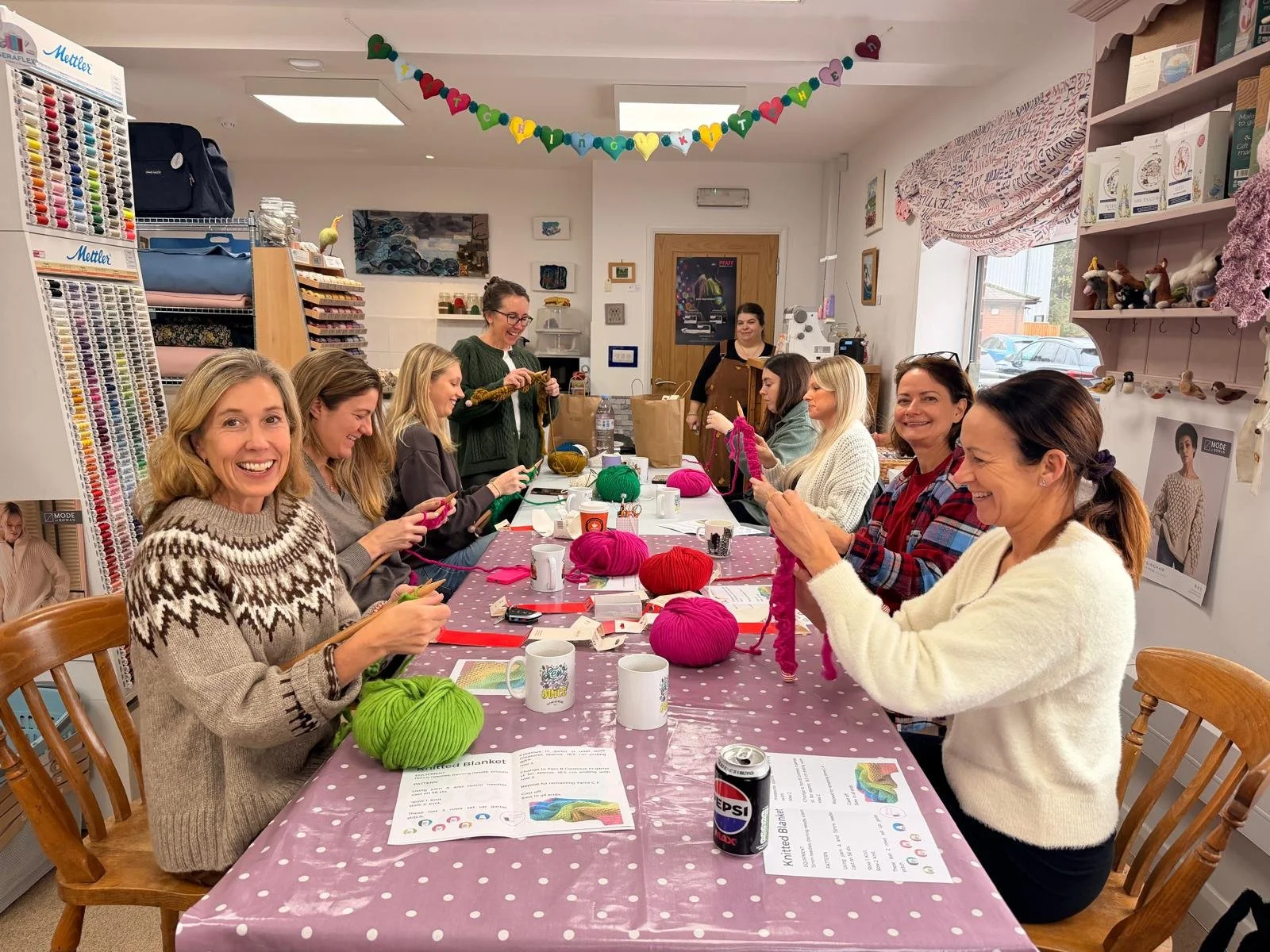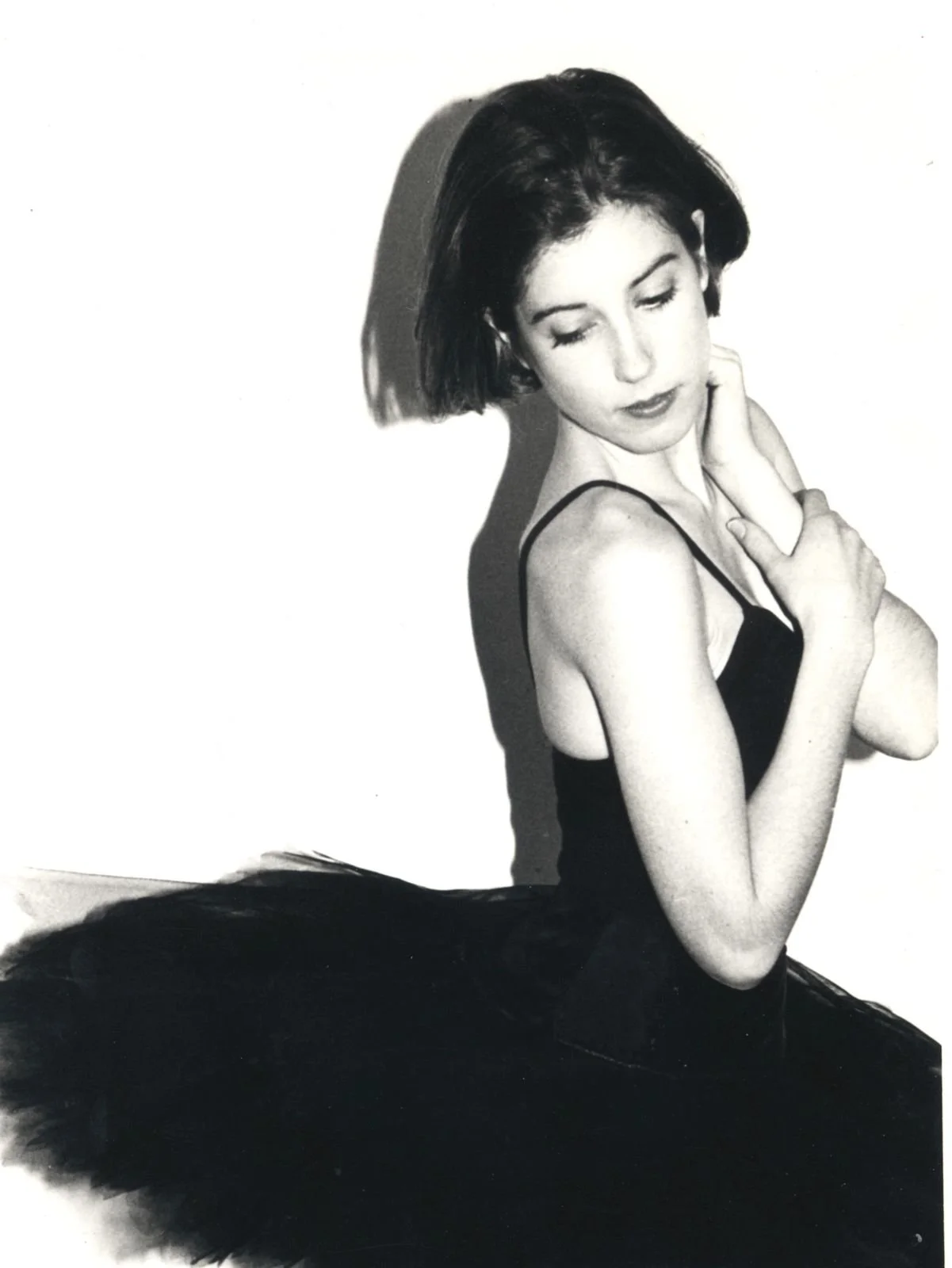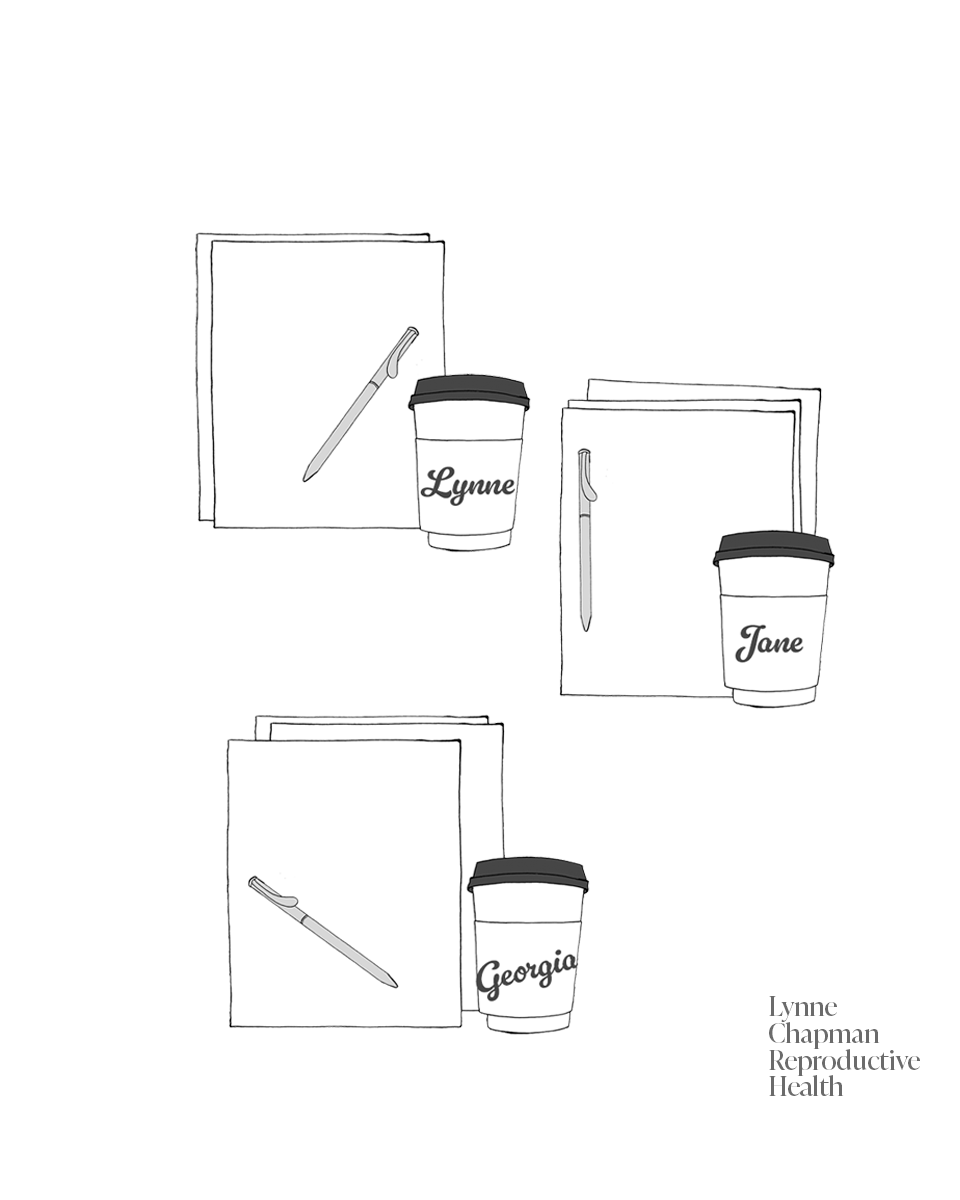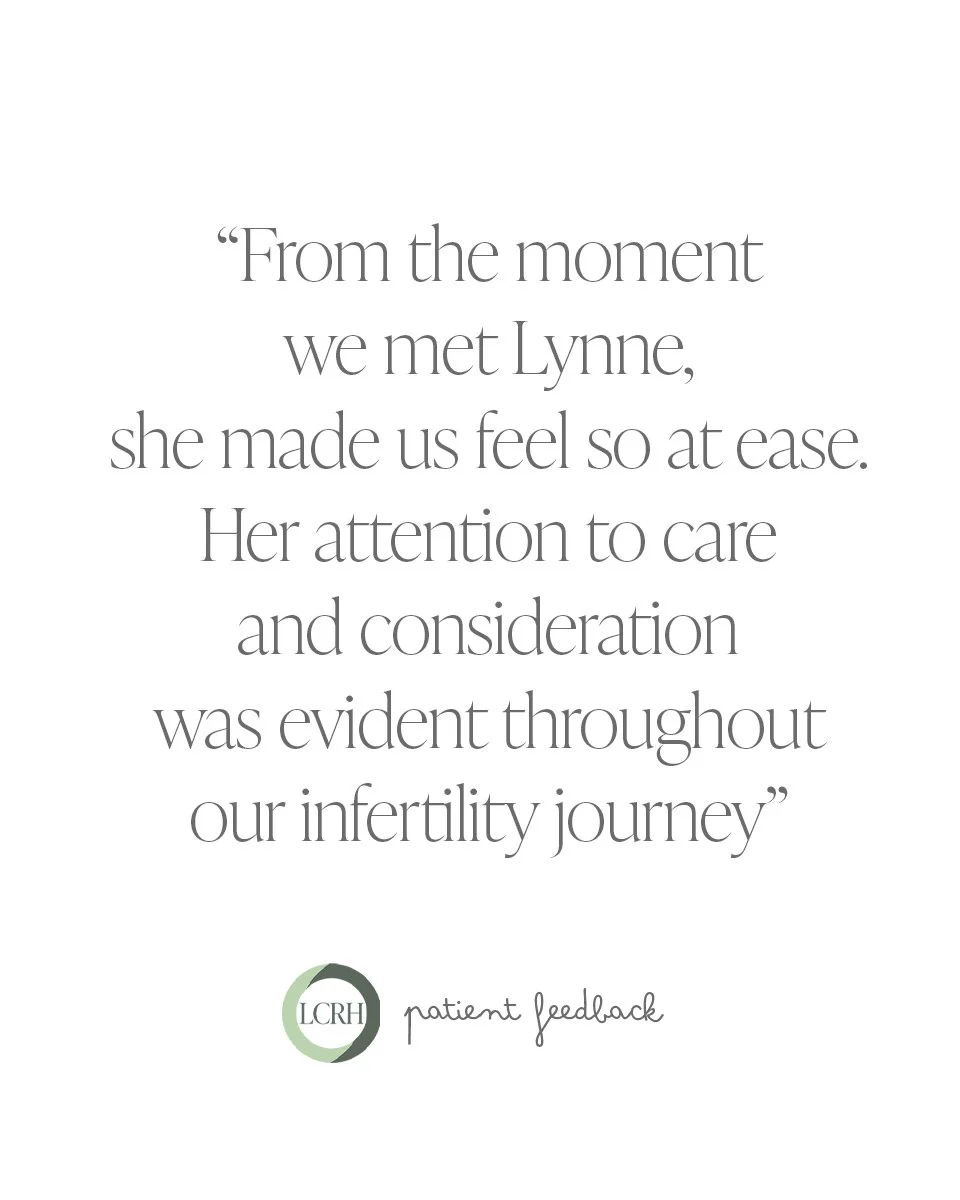Welcome to the LCRH Living Room, our place for News, Updates, and Connection
Comments @LCRHfertility :
·
"The best of the best. Forever grateful to the team for our little girl."
·
“The emotional support & empathetic approach you give to your patients is invaluable! We couldn't have wished for a better team to support us through such a challenging time xx."
·
"So impressed by the work you do, your compassion, dedication and how hard you and all your team work in such medically complex and emotionally challenging situations. Very proud to know you and see your service grow supporting more and more people ♥️."
·
"Truly the kindest, most thorough, and honest Doctor - with a team that makes you feel seen, heard, and so genuinely cared for. I've always felt like an individual, not just a patient and it's so lovely to see the same team members. at your appointments. Grateful for the continuous support through these challengingtimes, we can not wish for more ♥️ a very special clinic."
·
Comments @LCRHfertility : · "The best of the best. Forever grateful to the team for our little girl." · “The emotional support & empathetic approach you give to your patients is invaluable! We couldn't have wished for a better team to support us through such a challenging time xx." · "So impressed by the work you do, your compassion, dedication and how hard you and all your team work in such medically complex and emotionally challenging situations. Very proud to know you and see your service grow supporting more and more people ♥️." · "Truly the kindest, most thorough, and honest Doctor - with a team that makes you feel seen, heard, and so genuinely cared for. I've always felt like an individual, not just a patient and it's so lovely to see the same team members. at your appointments. Grateful for the continuous support through these challengingtimes, we can not wish for more ♥️ a very special clinic." ·
Join the LCRH Knitting Club!
At LCRH we believe that the rhythmic and productive qualities of knitting can be a helpful support in reducing all the ‘noise’ during a fertility journey. Each year we embark on a new knitting project, welcoming all interested patients and friends to join us.
For LCRH Knits 2025, Wool and the Gang are generously providing all LCRH patients with a 20% discount at their Website. What pattern to choose as a beginner? Our team projects include the ‘Wrap Up Blanket’ or ‘Lil Take Me Home Blanket’ or a ‘Foxy Roxy Scarf’ (shown in the photo).
We kicked off this year’s project at The Stitching Kitchen, in Brackley (see picture). Thank you to Hannah and all at The Stitching Kitchen, as well as all at Wool and the Gang!
The Impact on my Fertility from my Life as a Professional Athlete
By Dr Lynne Chapman
Podcast
Optimising your IVF Treatment
Listen to Dr Chapman talking with fertility podcast host Hannah Pearn about optimising IVF treatment, her personal fertility journey - and how it led to the founding of LCRH, and more to be on ‘Don’t Tell Me To RELAX - a Fertility Podcast’.
Helpful links:














